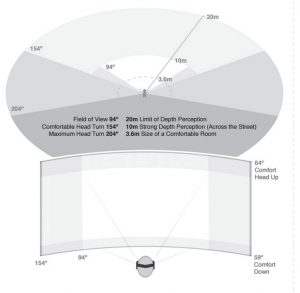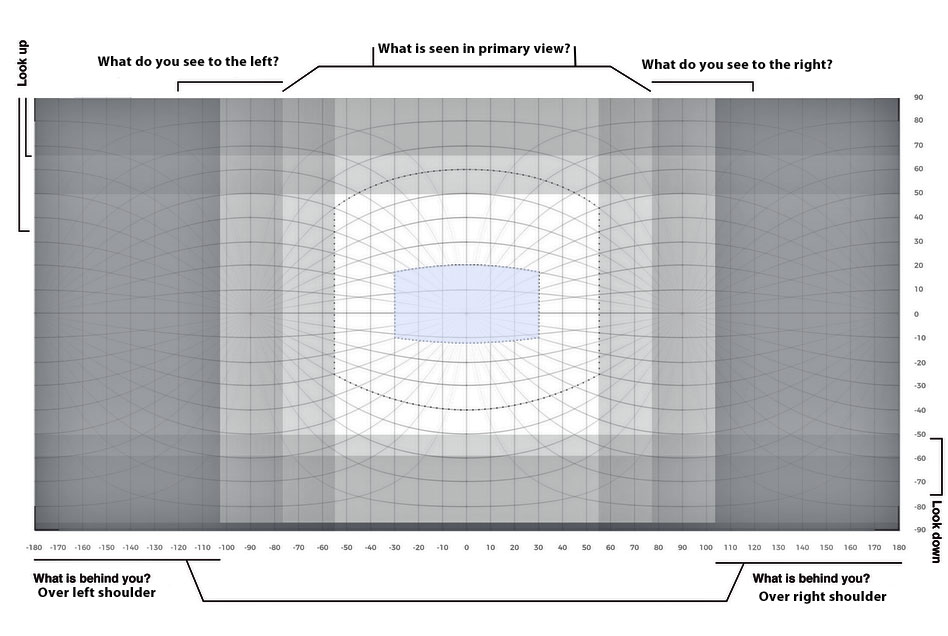
Is VR Filmmaking for you?
Been to any film festivals this year? Tribeca, Cannes, Sundance, San Jose? If so, you’ve been flooded with information about VR filmmaking. Maybe even seen a couple. The BBC News is even asking if 2017 is the year of VR Filmmaking.
Once considered a fringe form of filmmaking, Virtual Reality (VR) has burst into the mainstream, with some analysts estimating the entire VR industry could generate as much revenue as US$75 billion by 2021.
A closer look at the projected VR numbers
It’s possible that VR films may evolve into a companion piece to gaming and gaming has been a large portion of VR success. More than 65 percent of all VR revenues this year are projected to come from headset sales, according to Greenlight Insights. Does this indicate that games are still the only driving force in VR headset purchases. Not necessarily. Their research also indicates that consumers have a variety of other interests in VR — starting with Travel and Adventure: VR documentaries and VR travel logs allow viewers to step into the shoes of others.
So it appears the curiosity and ability to view VR is alive and well…
…but what about the desire for Cinematic Narratives in VR? a/k/a VR films. Here are stats on early adopter viewers:
Interest in experiencing movies through virtual reality (VR) in Great Britain in 2016, by AGE.

San Jose Film and VR Festival presented panel discussions and VR labs for attendees to experience VR. We attended the March 2017 ‘Future of VR’ discussion and listened as the panel shared their thoughts of what VR would be capable of 5 years in the future and the problems facing filmmakers’ adoption of the technology (technical standards, computing power, and creating comfortable viewing environments.) There were no definitive answers but all agreed that equipment (cameras and sound) are evolving rapidly, and prices coming down. This bodes well for the future for artists, creators, and audiences. Exciting!
The language of VR filmmaking
In an article in TechWire Asia, Hussain Currimbhoy, Sundance’s head of VR documentary programming feels, “Much of the best VR borrows from theater more than cinema.” VR brings immersion to a story, making it an interactive experience.
However, VR is it’s own genre with an evolving language. For example instead of using close ups, VR filmmakers bring the subject to the audience. The concept of ‘frame’ is different in VR which affects not only the editing, blocking, and directing process but also the shot designing.

Traditional filmmakers design shots to force the view to look at specific areas of the frame to visually highlight plot points (deep focus, rack focus, cut aways to close ups). With VR, engaging the viewer requires a fully encompassing experience. It’s spherical content vs. linear which effects storytelling. If the viewer misses an element while looking behind them, is that critical? If the viewer strays from watching the main character action or event to explore the compelling ambience, will they recover/keep up/lose interest?
The VR auteur is sculpting a time in space, where things that happen between the beats are also part of the story. Tribeca Film Festival termed their Immersive VR program: storyscapes. [Storyscapes, which bridges filmmaking, technology, and storytelling]
So for “early adopter” VR storytellers, this is an opportunity to experiment and come up with the new language.Rethink the concept of frame and create a world for the viewer to experience on their own. This new concept affects the filmming, editing, blocking, and directing process. Which brings us to planning/storyboarding the visual space of your story and how to exploit spherical content …time in space …world area.
Stay tuned in for more info.


